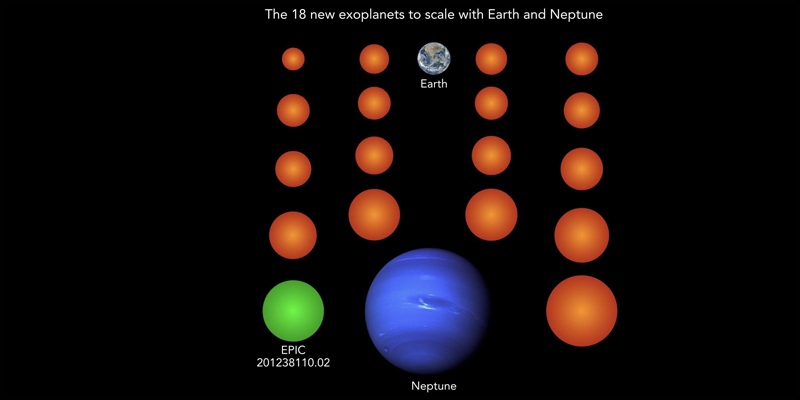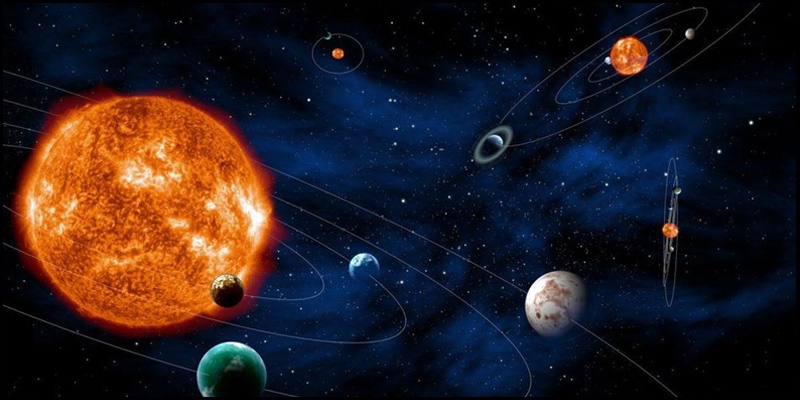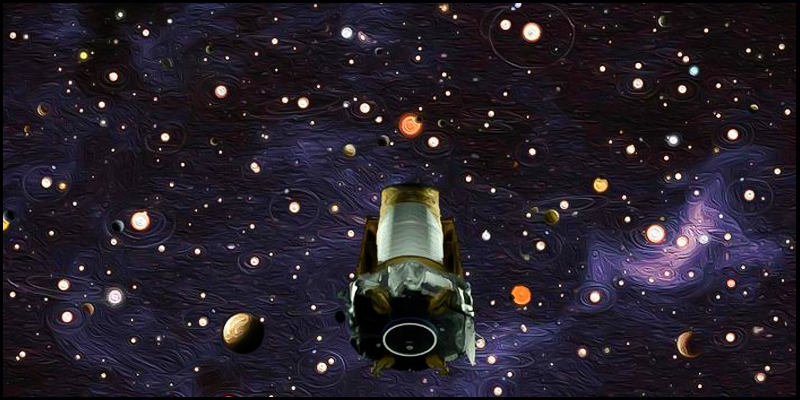18 new planets of Earth's size discovered outside solar system


Send us your feedback to audioarticles@vaarta.com



18 Earth-sized exoplanets* have been discovered by astronomers at the Max Planck Institute for Solar System Research (MPS), the Georg August University of Gottingen, and the Sonneberg Observatory, of which one of them could possibly provide habitable conditions.
All of these newly discovered 18 planets are approximately the size of the Earth. The radii of the planets, however, vary. While the smallest of them is only 69 percent the size of earth, the radius of the largest one is a little more than twice the radius of Earth. NASA’s Kepler Space Telescope was used by the researchers to re-analyze previously conducted surveys employing a new, more sensitive method they recently developed.

The first author of the publication, Dr. Rene Heller from the Max Planck Institute for Solar System Research, explained, “Standard search algorithms attempt to identify sudden drops in brightness. In reality, however, a stellar disk appears slightly darker at the edge than in the center. When a planet moves in front of a star, it therefore initially blocks less starlight than at the mid-time of the transit. The maximum dimming of the star occurs in the center of the transit just before the star becomes gradually brighter again.”
Most of these new planets were orbiting their stars very closely and were extremely hot apart from one, which is at a “favourable distance” from its star and could be very similar to Earth. Smaller planets are much harder to track down than the larger ones due to the variation in brightness they produce, which is used as the primary target of detection for exoplanet* hunters. While large planets cause sudden drops in brightness that is easy to detect, small planets cause such an insignificant change in brightness that it’s hard to separate it from the natural brightness fluctuations of the star.

The latest method developed by Heller and team apparently has the prospect of finding 100 additional exoplanets* in the Kepler mission’s entire data set. The results of the method have been described by the scientists in the ‘Astronomy and Astrophysics’ journal. “This new method is also particularly useful to prepare for the upcoming PLATO mission to be launched in 2026 by the European Space Agency,” said Prof. Laurent Gizon, MD at the Max Planck Institute. PLATO will assist in discovering and characterizing several other multi-planet systems around Sun-like stars, a few of which will provide habitable conditions.
*An exoplanet is a planet that is found outside of the Solar System and orbiting a star. Over 4000 of them have been discovered so far, mostly by NASA's Kepler space telescope, but 96 percent of them were larger in size than Earth.
Follow us on Google News and stay updated with the latest!
Comments
- logoutLogout





 Follow
Follow



















































